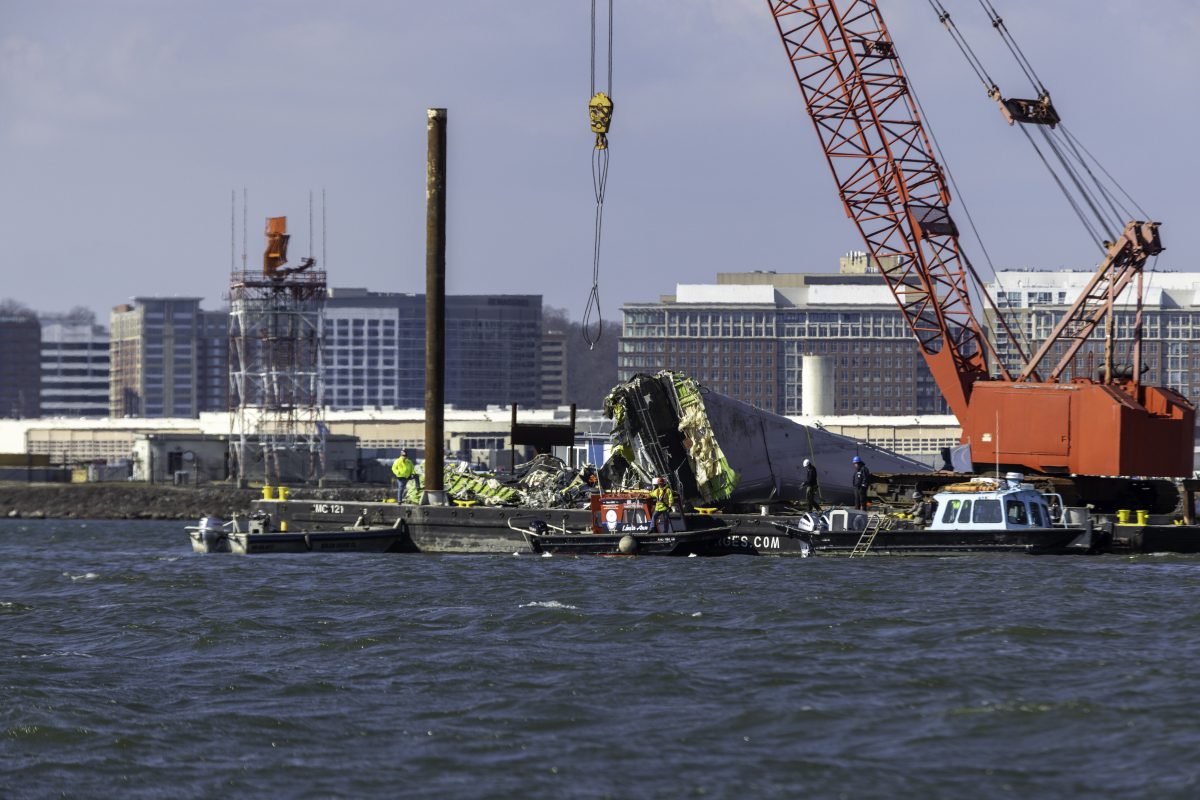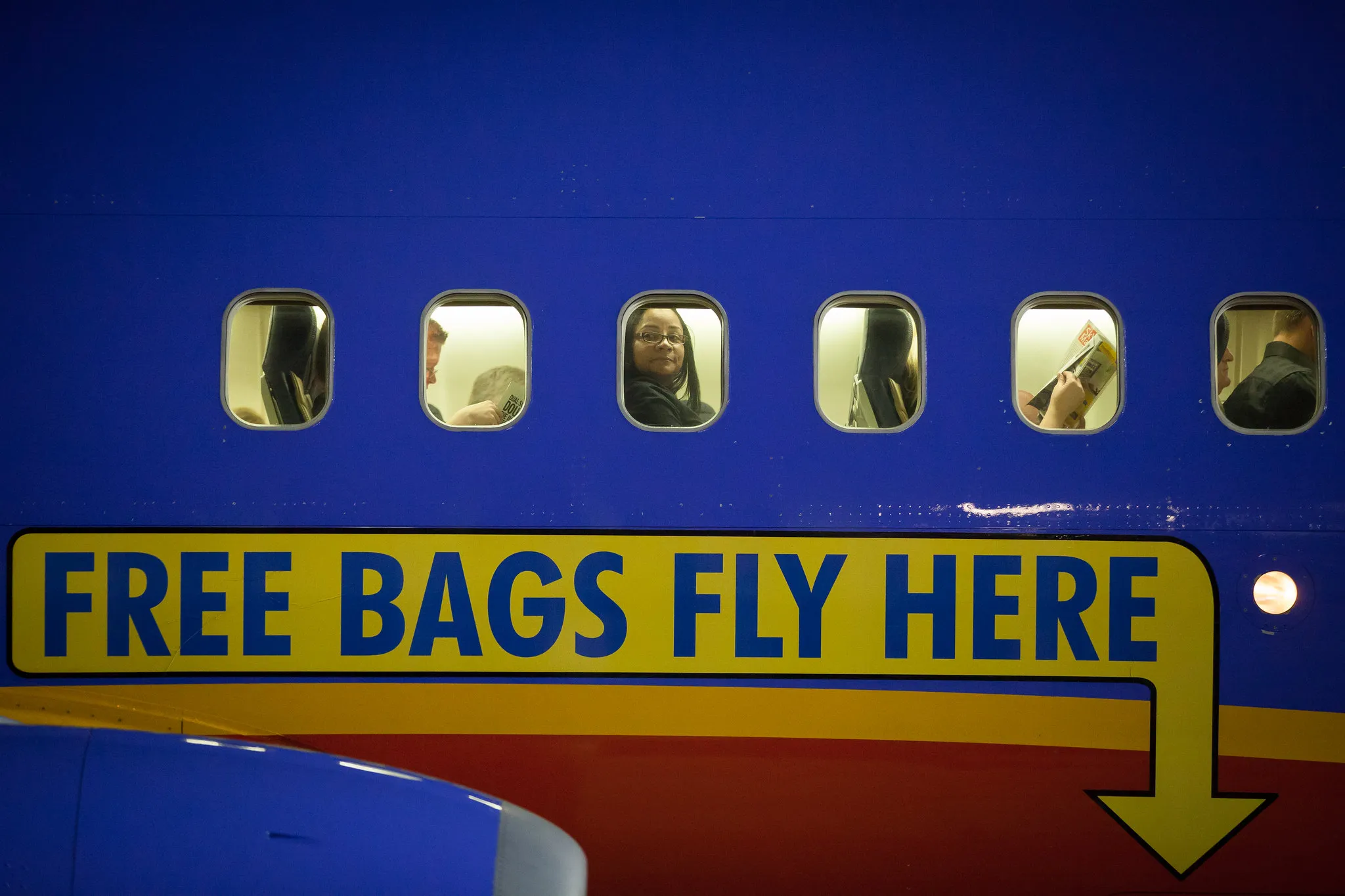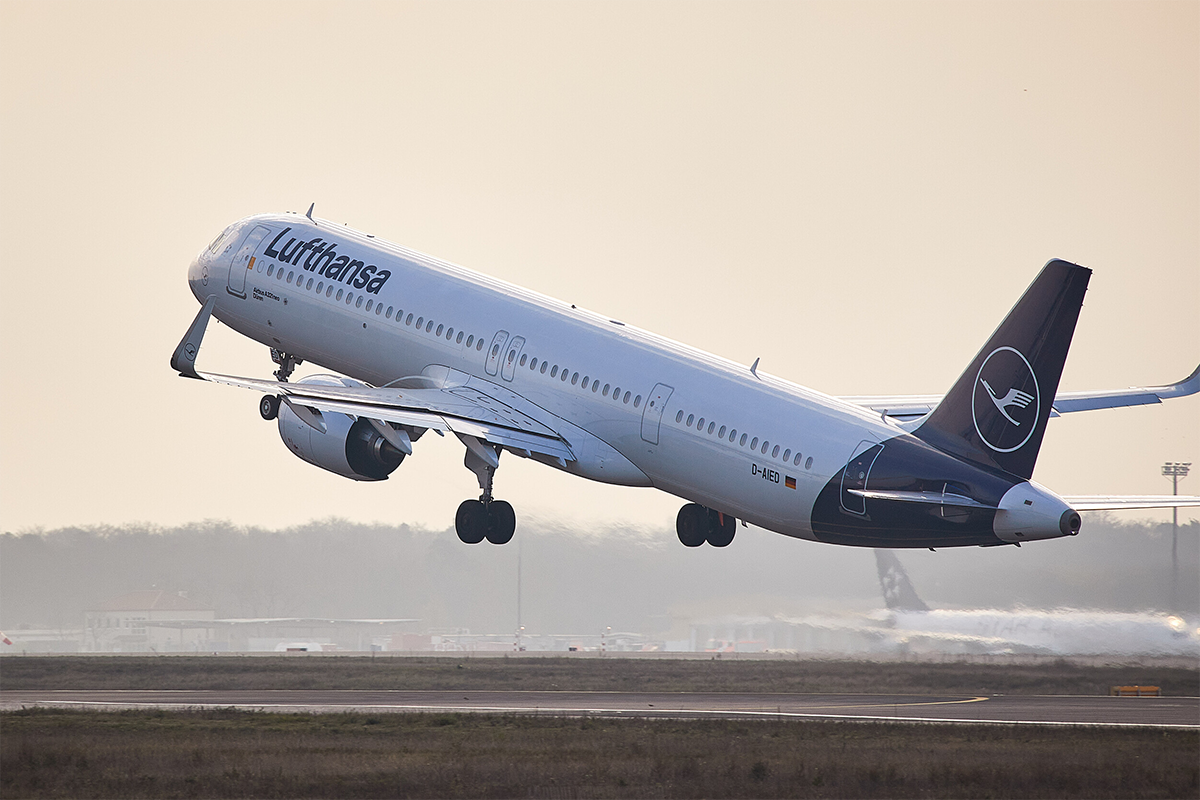Chefs+Tech: How a 32-Year-Old Restaurant Became New Again
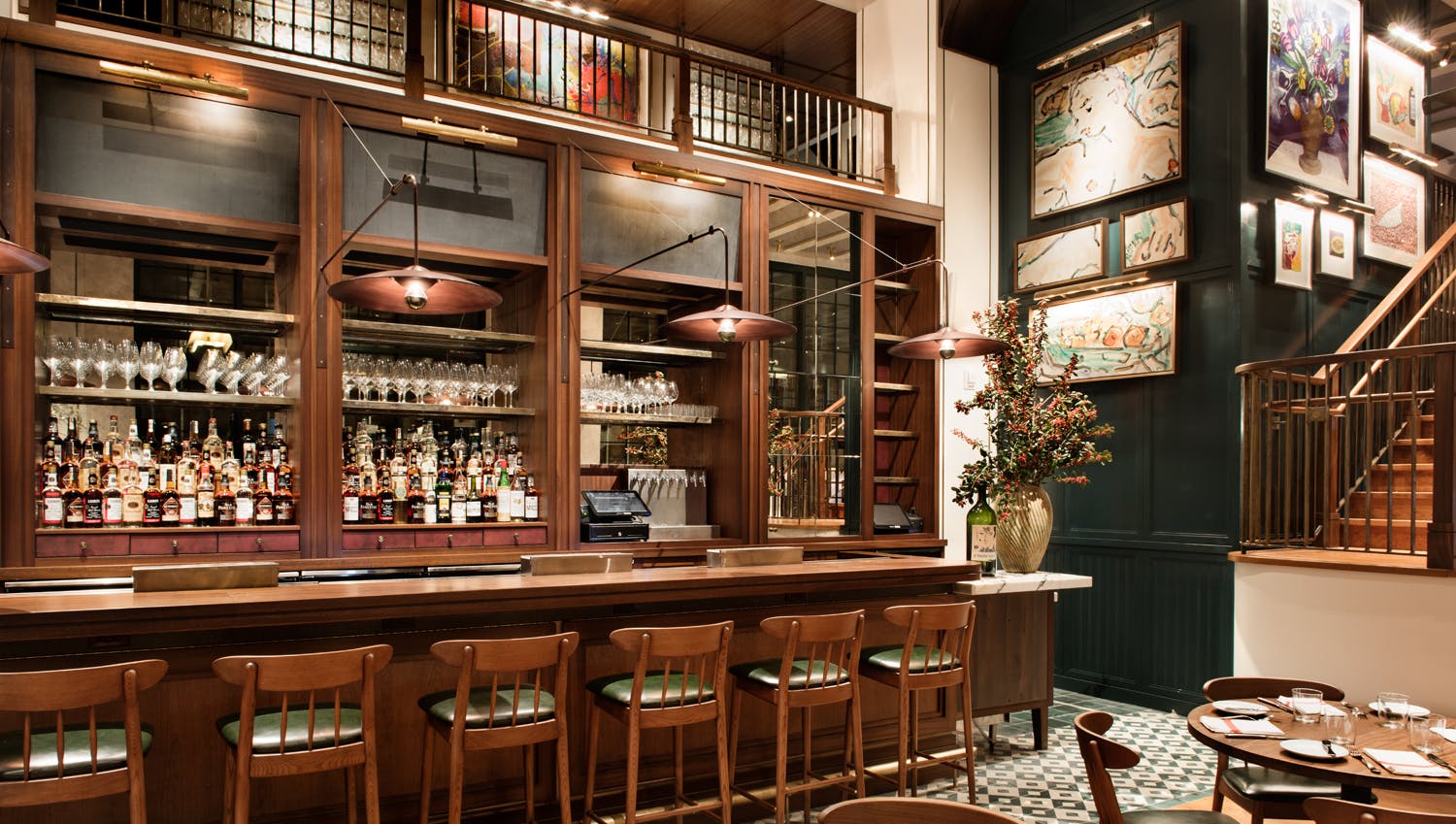
Skift Take
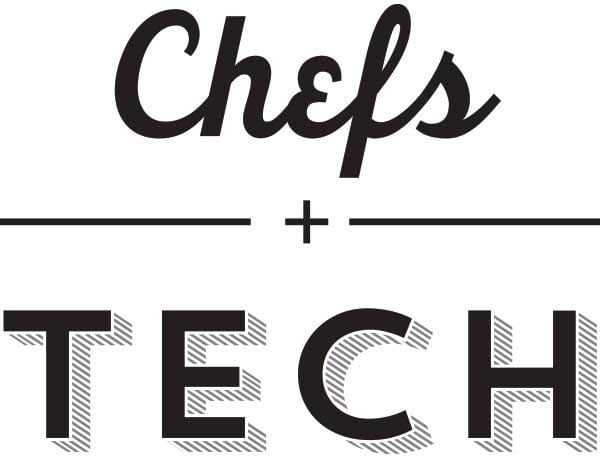 Editor's Note: In September we announced that Skift was expanding into food and drink with the addition of the Chefs+Tech weekly newsletter.
Editor's Note: In September we announced that Skift was expanding into food and drink with the addition of the Chefs+Tech weekly newsletter.
We see this as a natural expansion of the Skift umbrella, bringing the big-picture view on the future of dining out, being fanatically focused on the guest experience, and at the intersection of marketing and tech.
[signupform id="34e4ad1d-bba8-4324-9c30-4f8de1123430" text="Interested in more stories like this? Subscribe to Chefs+Tech Newsletter to stay up-to-date on the business of dining out."]
What's Old Is New Again
Brand new restaurants say something about the current state of affairs, reflecting consumer tastes and preferences and often taking advantage of trends. Reinvention of a classic, however, makes a more nuanced statement as a restaurant evolves to stay fresh and relevant but still honors those things that made it classic in the first place. This week, The New York Times’ Pete Wells gave a glowing three-star review of Danny Meyer’s Union Square Cafe. The restaurant opened in 1985, amassing plenty of awards before the original location closed in late 2015. It reopened in a new space a year later with notably tech-forward upgrades, and, according to Wells’ review, is already iconic in its own right. “Almost everything about the new place caters to their memories of the original, fetishizing the restaurant’s own idiosyncrasies to an amazing degree. It’s almost a museum to itself,” he writes. The designer used lighting to evoke the feel of the old space; the upstairs bar was brought into the new location. Interesting that, amid all the changes and technological additions, innovation in this example means working hard to keep things the way they are.
This is also good commentary on the idea of restaurant-as-experience; though its location and systems completely changed, the essence of Union Square Cafe (and some of its most-loved dishes) remain the same.
(Speaking of restaurant-as-experience, a Washington Post review just called Noma’s Mexico pop-up “the meal of the decade.” Is Noma in another place still Noma?)
Panera to Hire Its Own Delivery Staff
In a world where restaurant-delivery startups are racing to the top in nearly every market in the country, popular fast-casual chain Panera is betting on delivery — but not on a third-party delivery provider. Instead, the chain plans to add 10,000 new delivery jobs before the end of 2017, delivering lunch and dinner to customers within an eight-minute drive of Panera restaurants.
Panera’s founder/chairman/CEO explained the decision as a way to create “an elevated guest experience end-to-end,” instead of allowing a third-party company to handle the delivery. New technology will also allow users to track their orders as they’re being delivered, employing technology we’ve grown to expect from any delivery service. Panera’s move is indicative of the restaurant-delivery market, too. A report from CB Insights earlier this month notes food delivery startups entering the market have declined as existing services struggle to stay afloat.
Tech Leads the Way for McDonald's
The iconic American fast food brand revealed its first quarter earnings yesterday, beating expectations. More exciting, though, a reminder of the fast food giant’s commitment to technology and innovation. After a successful partnership in Florida, McDonald’s will expand delivery with partner UberEats in more U.S. cities. "We are not in test mode, we're expanding,” according to McDonald’s CEO Steve Easterbrook. Also to come: mobile ordering at all locations by the end of the year — especially important because customers who order on their phones tend to order more and spend more.
To the pre-smartphone generations, McDonald’s was the king of convenience. Now, in some ways, they’ve been out-convenienced by new technology — which makes it especially interesting to watch as a huge corporation adapts to changing consumer behavior and tastes.
The Case for a $30 Plate of Nachos
Restaurant economics are tricky. Most operate on razor-thin margins as they work to create appropriately-priced, customer-pleasing, good-tasting food. So every so often when news of some outrageously priced item makes the internet rounds, we all do a collective eye-roll and move on. But this week, Bloomberg’s Kate Krader makes the case for a $30 plate of nachos at the new midtown location of Alex Stupak’s Empellon.
“At his midtown location, Stupak decided that if he was going to do nachos, he would go big,” she writes. And it’s true — the new nachos are made with crab, sea urchin, and butter. To make the case for the nacho deal, Krader compares the ingredients piled on the house-made corn tortillas to the same ingredients served as sushi, which will run you upwards of $70 in the neighborhood. The nachos aren’t Empellon’s money-maker, though. Hidden in the bottom of the piece, the answer to that question: it’s the guacamole.
Digestifs
- Last night, the James Beard Foundation handed out its media awards. Here’s the full list of winners — JBF
- Chipotle can’t catch a break — now it’s investigating “suspicious activity” on one of its payment processors — CNBC
- Why the sale of indie mayonnaise brand Sir Kensington’s to Unilever is a good thing —Sir Kensington’s on Medium
- A dying man’s lost recipe made his daughter a multimillionaire — Bloomberg


